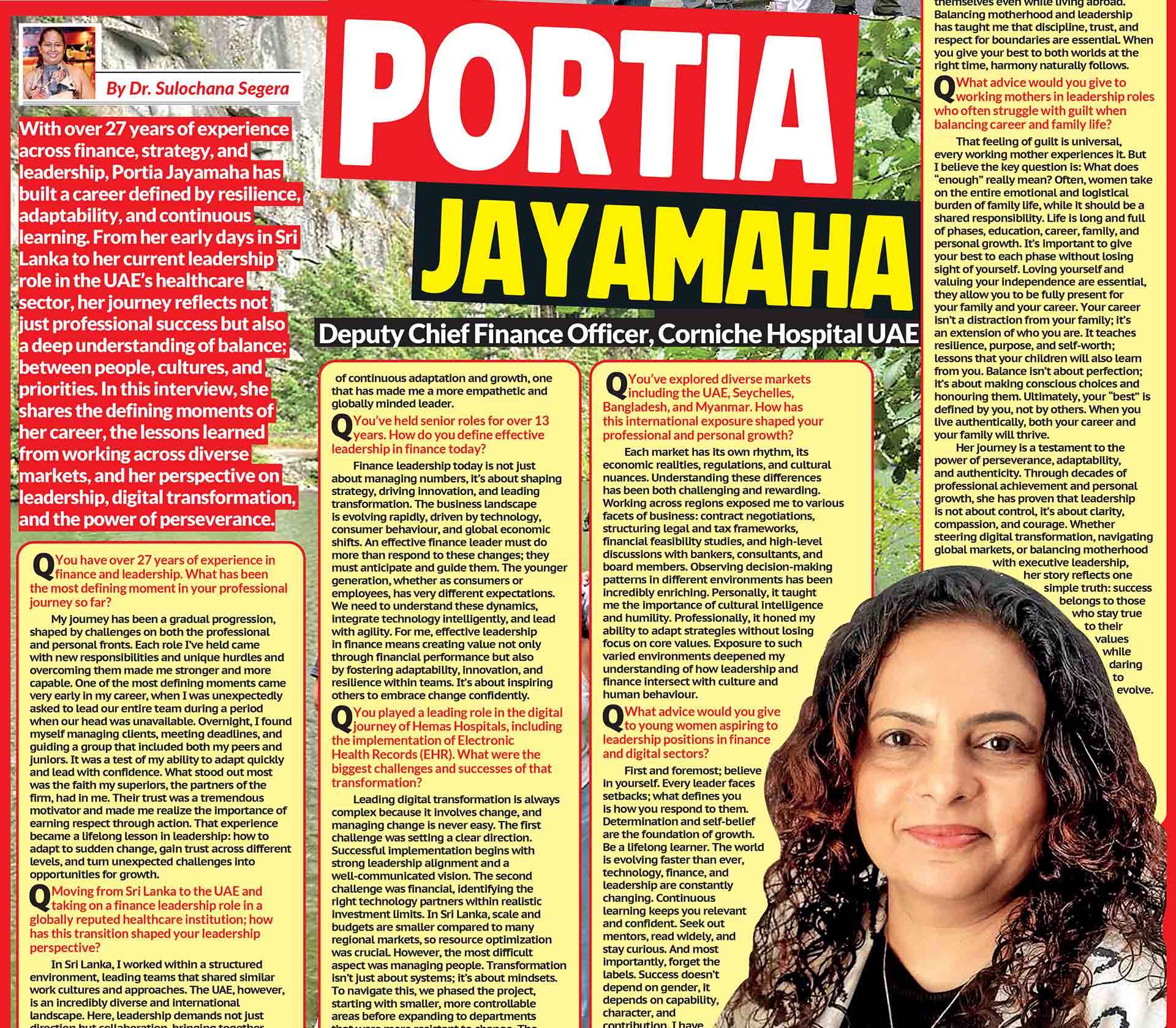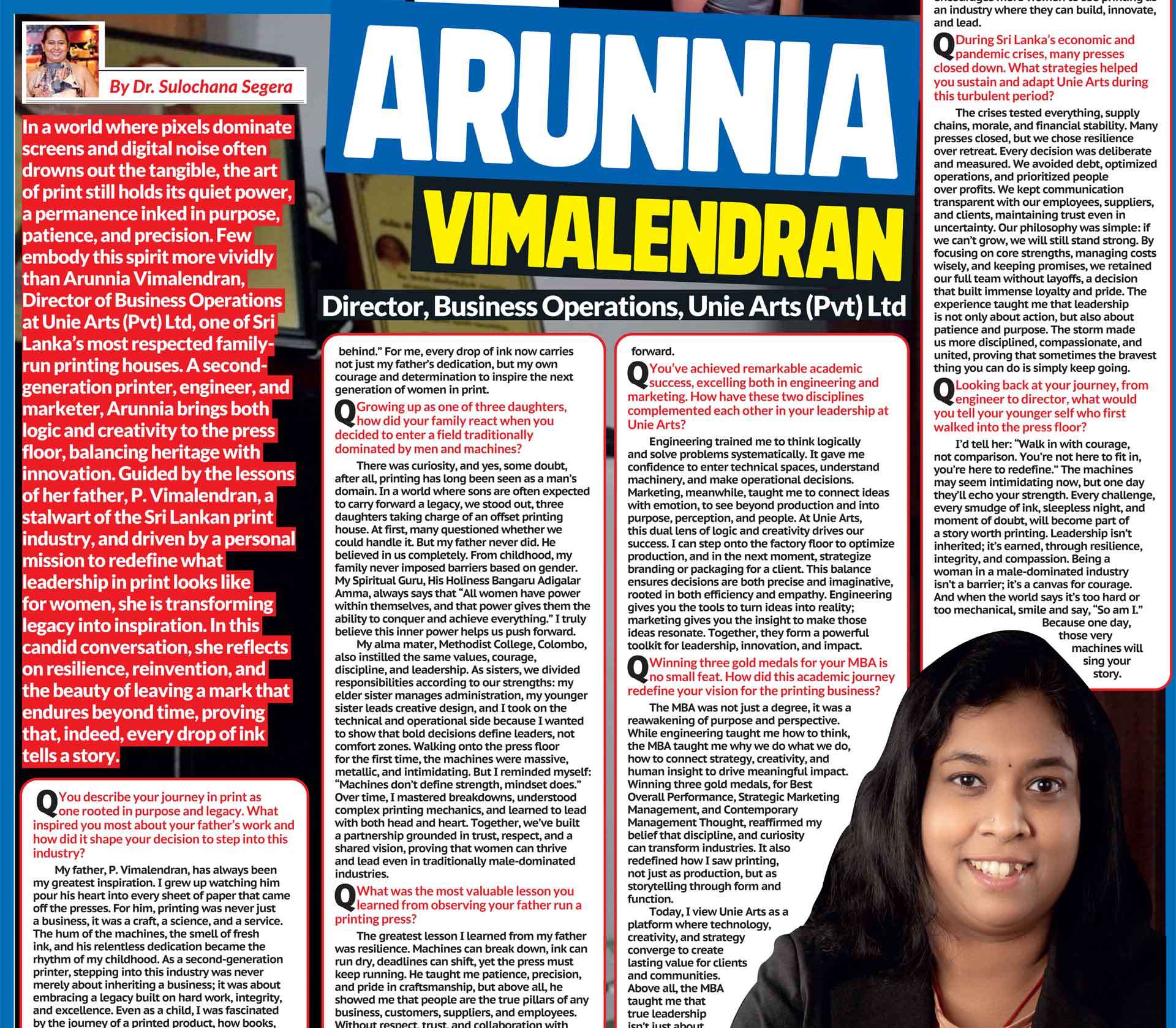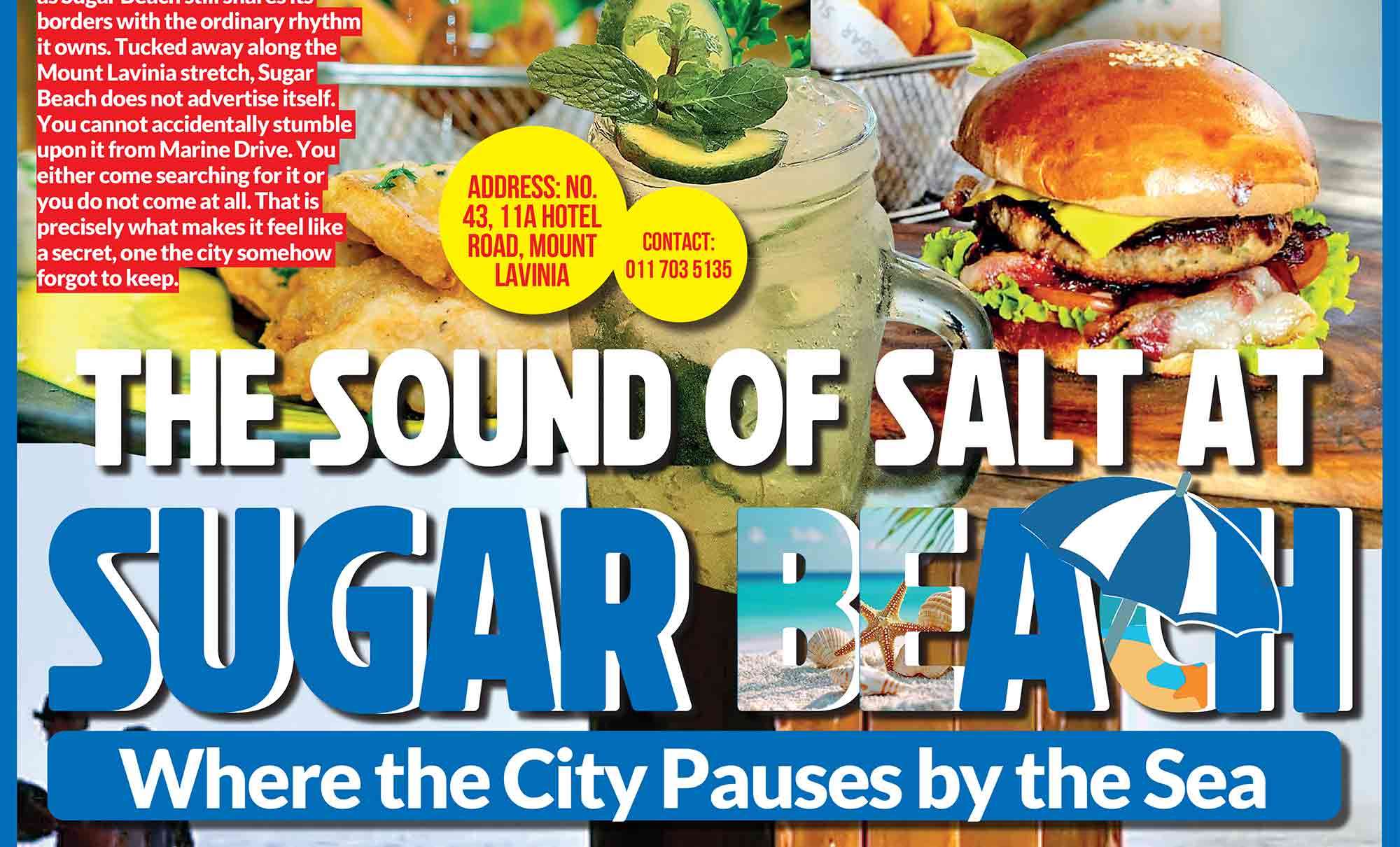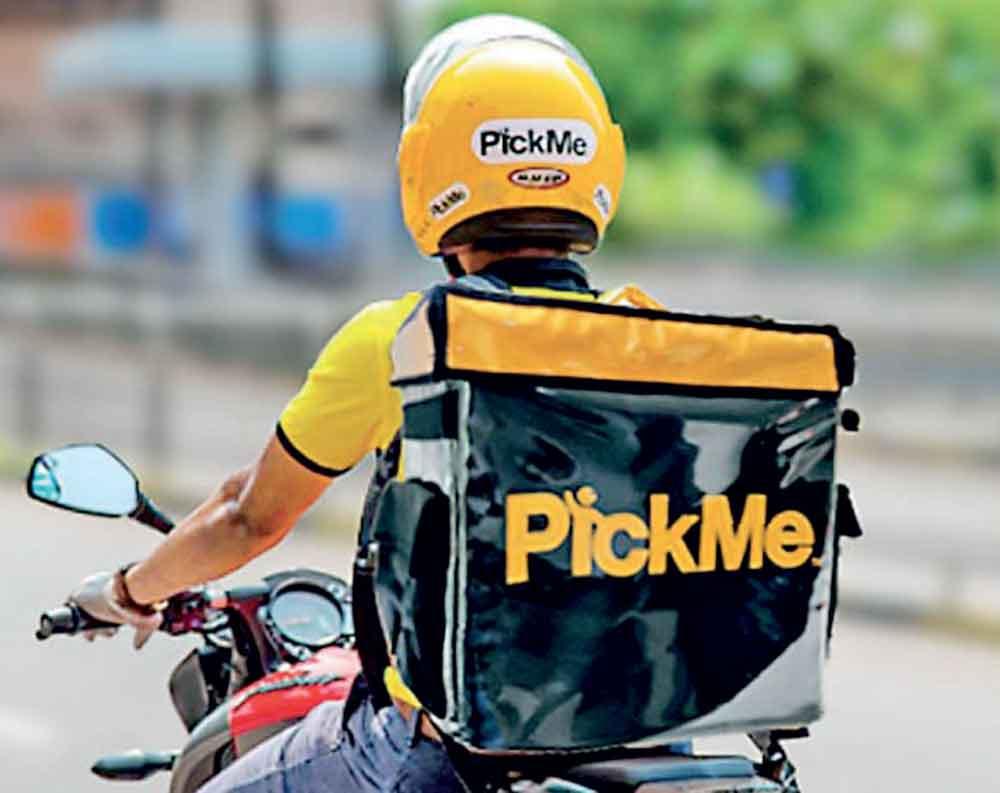
Before most of the world is awake, before the city’s rhythm begins, a delivery rider straps on his helmet and steps into a long, grueling day. From the narrow streets of Colombo to the fast-paced roads of New York City, and from the chaos of Chennai to the calm suburbs of Bristol, thousands of riders begin their shift, often unseen, often unappreciated. Their vehicles vary, some ride scooters, others bicycles, and many drive small cars, but their mission is the same: deliver food, groceries, medicines, and parcels with speed and efficiency. They carry more than packages; they shoulder the expectations of customers, the strict algorithms of delivery apps, and the heavy weight of economic necessity.
Riders navigate through heavy traffic, often weaving dangerously between vehicles. In their pursuit of timeliness, they sometimes run red lights or use sidewalks, not out of recklessness, but desperation. The pressure is relentless. A minute’s delay can cost them a tip, a star rating, or worse, fewer orders in the future. These riders are governed by apps that reward speed, not safety. In this race against time, the rules of the road often become blurred.
In cities like Abu Dhabi, summer temperatures can climb to a brutal 48 °C. Despite the searing heat, riders clad in synthetic uniforms push on. They carry bulky insulated bags across their backs and sweat-soaked helmets on their heads, battling dehydration and heatstroke to complete order after order. In colder climates, riders brave biting winds and icy rain. Whether it’s blazing heat, torrential rain, or bone-chilling cold, the delivery must go on. The weather doesn’t excuse lateness, nor do the platforms offer extra compensation for extreme conditions.
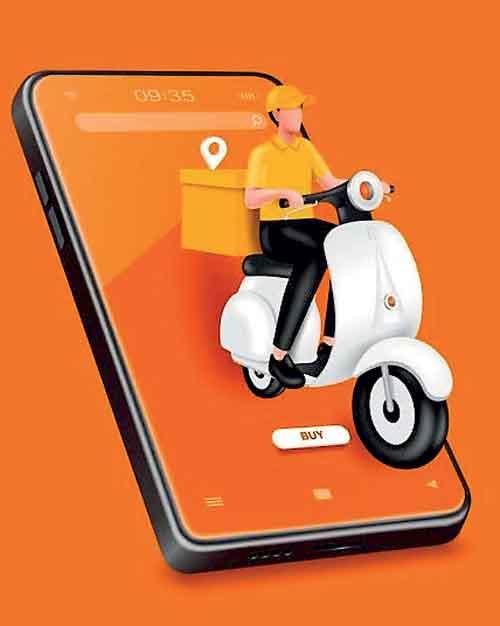
A delivery rider’s day is governed by the constant chime of an app notification. An order appears, and the clock starts ticking. Accept it fast, reach the restaurant, pick it up, deliver it, then wait for the next order. The pace is mechanical, yet unpredictable. While some hours see a rush of back-to-back orders, others are painfully quiet. But whether they’re delivering or waiting, the clock never stops. Every second matters because their income depends entirely on the number of successful deliveries they can complete in a day.
And they wait, a lot. They wait at restaurants for food to be prepared, sometimes for 15 minutes, sometimes for an hour. They wait for customers who don’t pick up their phones. They wait in traffic jams that eat away at their tight timelines. During this waiting, riders earn nothing, and worse, they fall behind schedule, risking penalties from the app.
In cities like Abu Dhabi, summer temperatures can climb to a brutal 48 °C. Despite the searing heat, riders clad in synthetic uniforms push on.
The compensation structure is fragile and unforgiving. Most riders are paid per delivery, with bonuses that are tied to quantity, ratings, and punctuality. There is no guaranteed minimum wage, no paid breaks, and often no reimbursements for fuel or maintenance. In Sri Lanka, many riders put in 11 to 16 hours a day just to make enough to cover fuel and a single meal. Some days, they return home with barely any profit. Others, they’re in the negative, especially when unexpected vehicle repairs or medical expenses arise.
Adding to the instability is their employment classification. Most delivery workers are considered “independent contractors,” a status that allows companies to avoid providing basic employment benefits.
This means no health insurance, no accident coverage, no paid leave. If a rider falls sick or is injured in an accident, there’s no employer support, they must pay for their own treatment, often dipping into meagre savings or taking on debt.
Accidents, sadly, are not rare. In bustling cities like Bengaluru, where riders dodge buses and trucks in narrow lanes, mishaps are frequent. Some are minor scrapes; others, life-altering. One rider lost a toe in a midnight collision, his story, like many others, barely made the news.
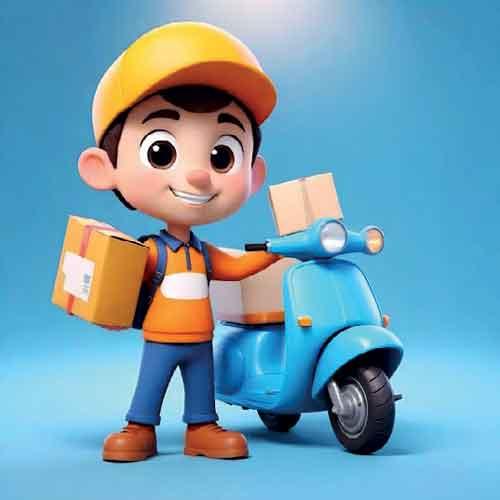
Despite the exhaustion, the danger, and the poor pay, many continue because they have no other option. Behind every rider is a personal story. Some are students trying to pay tuition. Others are parents supporting families. There are those saving to build homes, those sending money to aging parents, and those chasing dreams bigger than the parcels they carry.
Some riders go through entire shifts without hearing a single word of kindness. No “thank you,” no smile, no eye contact, just a hurried grab of a package and a slammed door. They miss birthdays, skip meals, and ride through illness. One rider, feverish with dengue, continued working to make rent. Another limped through deliveries after a minor crash, unable to afford rest. The job is not just physical; it is emotional. It chips away at dignity, yet demands resilience.
Still, there is hope, quiet and determined. In Sri Lanka and beyond, riders are beginning to organize. Informal unions and worker alliances are forming to demand safer working conditions, clearer rules, fair pay, and dignity. Social media has amplified their voices, and some platforms are starting to listen, albeit slowly. Proposals for guaranteed minimum earnings, accident insurance, and grievance redressal systems are gaining traction.
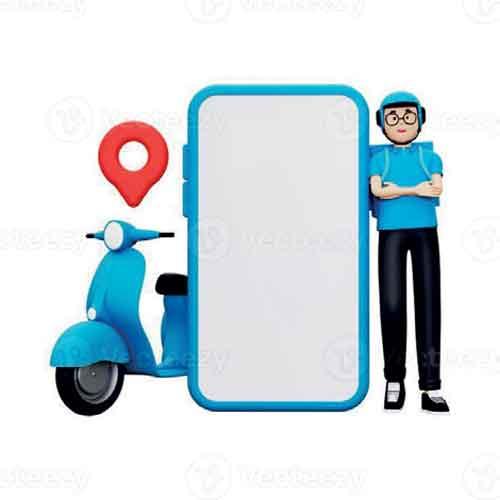
These workers are not invisible. They ride through our neighborhoods and up to our doorsteps every day. They are part of the engine that keeps the modern world running. They deliver joy in the form of a hot pizza on a rainy evening. They bring relief when medicine is needed urgently. They offer convenience when we’re too tired or busy to step outside. And for all this, they ask for nothing more than fair pay, basic safety, and a little respect.
Behind each helmet is a person with a story. A person who dreams of a better life. A person who has made sacrifices to ensure someone else’s comfort. The next time you accept a delivery, take a moment. Offer a smile. Say thank you. Tip, if you can. And most importantly, remember: behind every delivery is not just a bag of food, it’s a story of endurance, struggle, and quiet strength. The delivery rider is more than a courier. He is a symbol of survival, grit, and unwavering commitment. Let’s look beyond the helmet and see the human being within.



